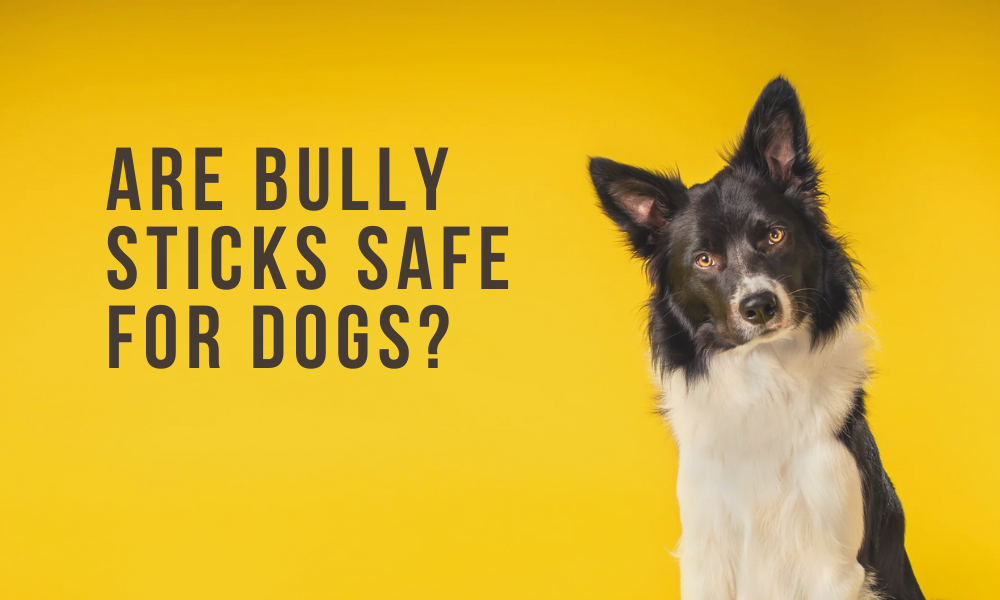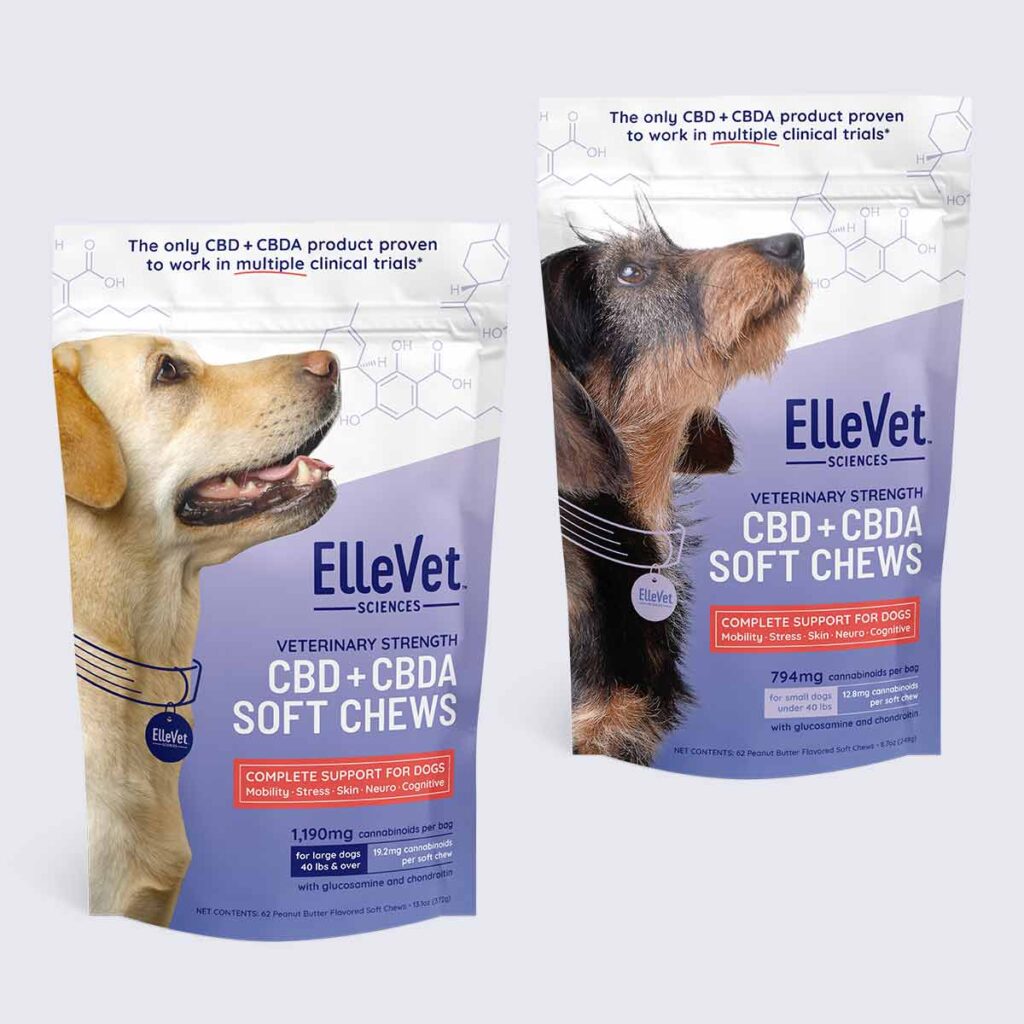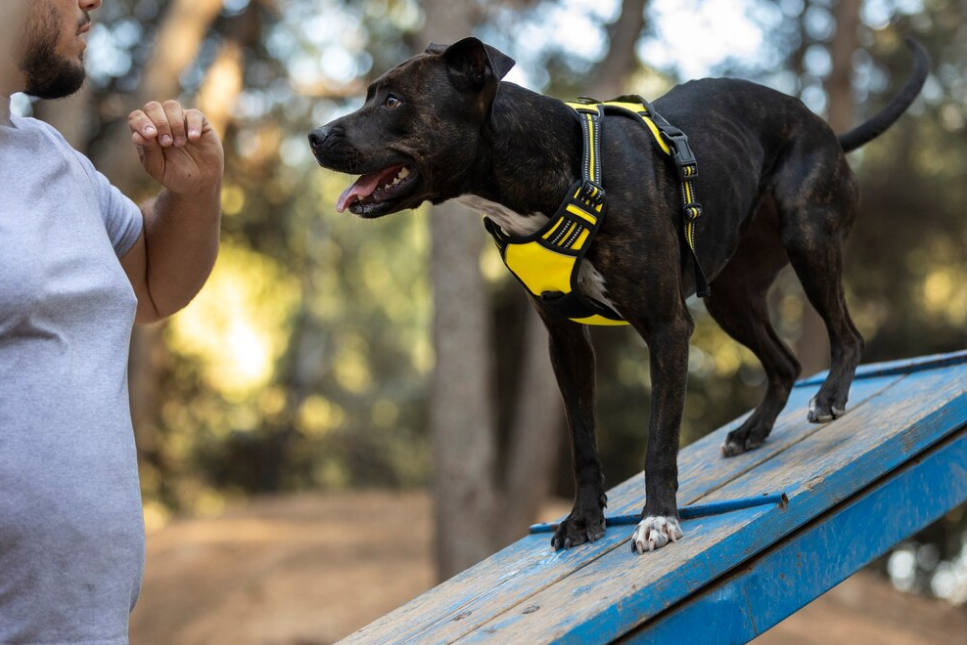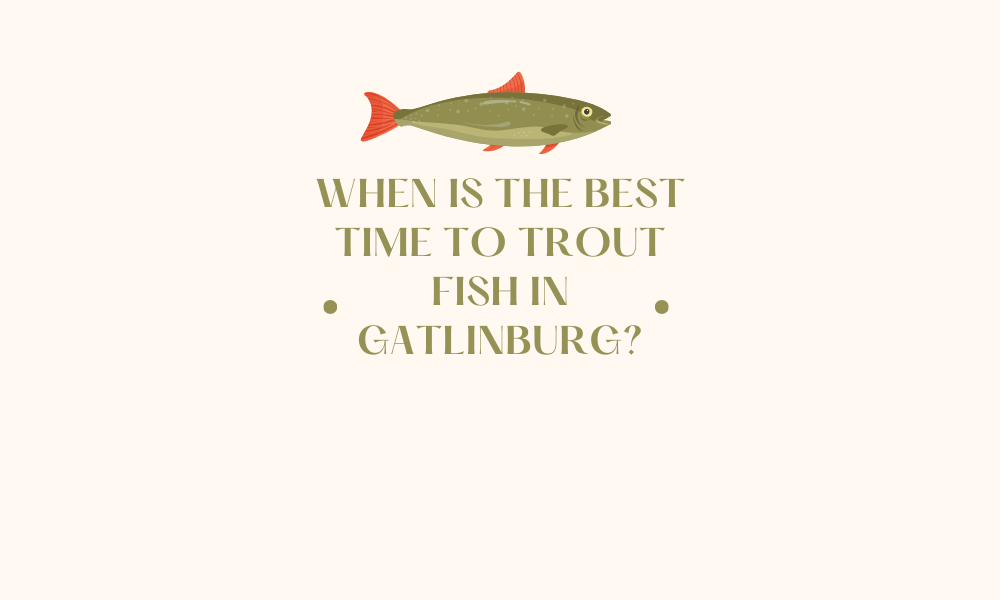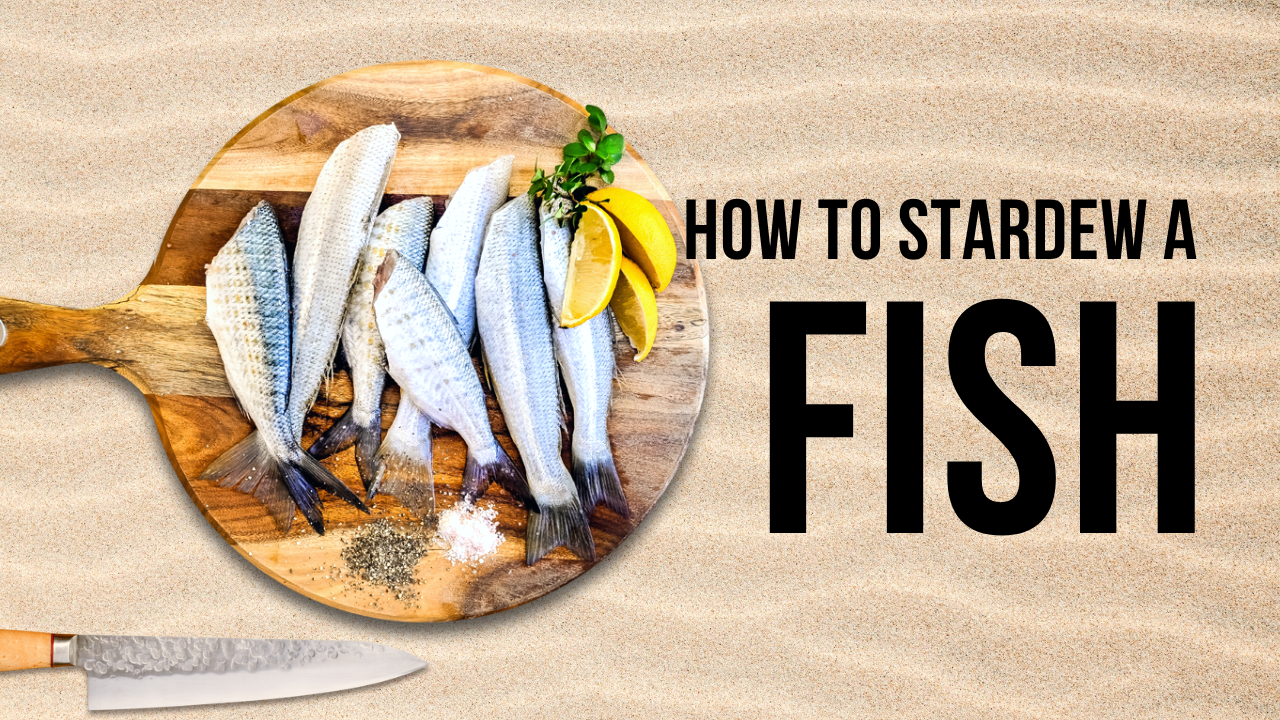As a pet owner, you’re always looking for ways to keep your dog happy, healthy, and entertained. When it comes to dog chews, bully sticks have become a popular choice due to their long-lasting nature and high palatability. But an important question arises: Are bully sticks safe for dogs? This article will delve into the benefits and potential risks of bully sticks, offering a balanced perspective to help you make an informed decision for your furry friend.
What Are Bully Sticks?
Bully sticks, also known as pizzle sticks, are made from the dried penis of a bull or steer. Unlike synthetic chews, they are 100% natural and high in protein, making them a preferred choice for health-conscious pet parents. Available in various sizes, shapes, and textures, bully sticks cater to dogs of all breeds and chewing intensities. Their natural composition and digestibility set them apart from many other chews on the market.
Benefits of Bully Sticks for Dogs
1. Nutritional Value
Bully sticks are rich in protein, which supports muscle development, a shiny coat, and overall vitality. They are also low in fat, making them suitable for dogs that need to maintain a healthy weight.
2. Dental Health
Chewing on bully sticks can help reduce plaque and tartar buildup, contributing to better oral hygiene. The mechanical action of chewing scrapes away debris from teeth and gums.
3. Mental Stimulation
Dogs love to chew, and bully sticks provide hours of entertainment and mental stimulation. Chewing satisfies their natural instincts, curbing boredom and destructive behavior.
4. Easy Digestibility
Unlike rawhide, bully sticks are highly digestible, breaking down easily in the dog’s stomach. This reduces the risk of gastrointestinal blockages.
Are Bully Sticks Safe for Dogs? Understanding the Risks
While bully sticks offer numerous benefits, it’s essential to be aware of potential risks to ensure your dog’s safety.
1. Choking Hazard
As your dog chews down the stick, the remaining small piece can pose a choking risk or cause an intestinal blockage if swallowed whole. Supervision is crucial to mitigate this risk.
2. Caloric Content
Although they are nutritious, bully sticks can be calorie-dense. Overfeeding can lead to weight gain, particularly in small or sedentary dogs. Moderation is key.
3. Bacterial Contamination
Studies have found that some bully sticks may carry bacteria like Salmonella or E. coli, which can affect both dogs and humans. Proper storage and handling are necessary to reduce this risk.
4. Allergic Reactions
Some dogs may be sensitive or allergic to beef, the primary ingredient in bully sticks. Monitor your dog for any signs of an adverse reaction, such as vomiting, diarrhea, or skin irritations.
How to Choose Safe Bully Sticks
To maximize the benefits and minimize the risks, selecting the right bully stick is essential. Here are some tips:
1. Opt for High-Quality Brands
Purchase bully sticks from reputable manufacturers that prioritize quality and safety. Look for products labeled as “grass-fed,” “free-range,” or “100% natural.”
2. Choose the Appropriate Size
Pick a bully stick that matches your dog’s size and chewing style. Smaller dogs may benefit from thinner sticks, while larger breeds require thicker and longer ones.
3. Inspect for Additives
Avoid bully sticks with artificial additives, preservatives, or flavors. Natural products are less likely to cause allergic reactions or upset stomachs.
4. Check for Odor-Free Options
If the smell of bully sticks bothers you, consider odor-free versions. These are processed to reduce the natural scent without compromising quality.
Tips for Safe Use of Bully Sticks
1. Supervise Chewing Sessions
Always keep an eye on your dog while they chew. Remove the stick once it becomes small enough to swallow.
2. Limit Chewing Time
To prevent overconsumption and potential digestive upset, restrict chewing sessions to 20–30 minutes at a time.
3. Store Properly
Store bully sticks in a cool, dry place to prevent bacterial growth. Use airtight containers for added safety.
4. Introduce Gradually
If your dog is new to bully sticks, introduce them slowly to monitor how they react. Gradual introduction helps identify any sensitivities or allergies.
Are Bully Sticks Safe for Puppies?
Many pet owners wonder if bully sticks are suitable for puppies. The good news is that they can be a great choice for teething puppies due to their natural composition and chew-friendly texture. However, there are some considerations:
- Choose smaller-sized sticks or cut larger ones to fit your puppy’s mouth.
- Limit chewing time to prevent gastrointestinal upset.
- Always supervise to avoid choking hazards.
Alternatives to Bully Sticks
If you’re still unsure about whether bully sticks are safe for dogs or you’re looking for variety, consider these alternatives:
1. Dental Chews
Designed to promote oral health, dental chews are available in various sizes and flavors to suit different dogs.
2. Antlers or Bones
Natural and long-lasting, antlers and bones are great for heavy chewers. Ensure they are size-appropriate and sourced from reputable suppliers.
3. Vegetables
Carrots and sweet potatoes can make excellent natural chew options, especially for dogs with sensitivities.
4. Rawhide Alternatives
Consider chews made from fish skin or yak milk as safer and more digestible options.
Conclusion: Are Bully Sticks Safe for Dogs?
In conclusion, are bully sticks safe for dogs? The answer largely depends on how they are used and the specific needs of your dog. When chosen and managed correctly, bully sticks can be a nutritious and satisfying treat that supports your dog’s physical and mental well-being. However, it’s essential to be mindful of potential risks such as choking hazards, bacterial contamination, and caloric intake.
By selecting high-quality products, supervising chewing sessions, and practicing proper storage, you can minimize these risks and provide your dog with a safe and enjoyable chewing experience. If you have any doubts or concerns, consult your veterinarian to determine whether bully sticks are the right choice for your canine companion.

